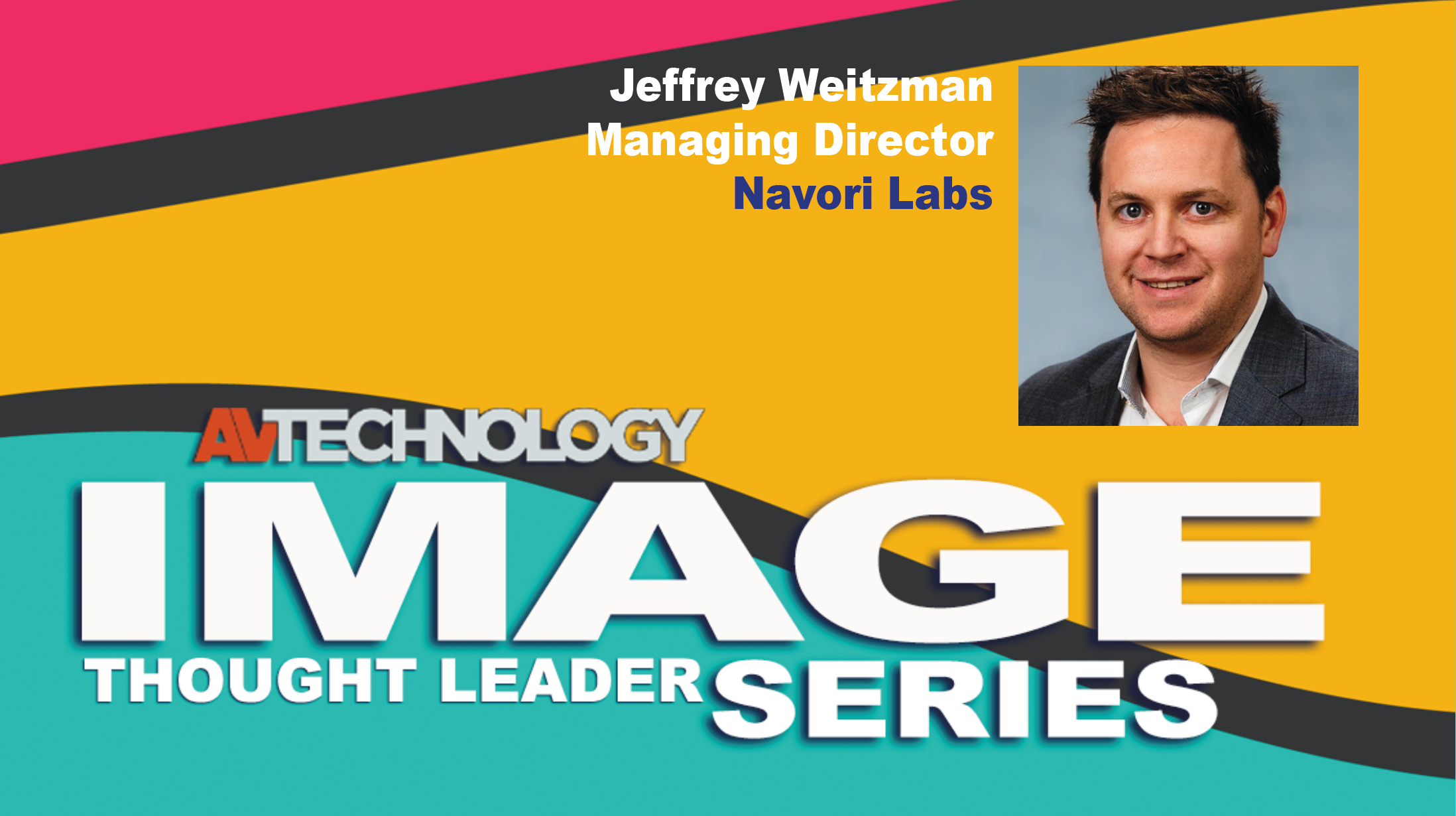AVT Question: Please share your insight on what end users need to know about today’s displays, applications, content, cost of ownership, flexibility, and what to expect from future tech.
Thought Leader: Jeffrey Weitzman, Managing Director at Navori Labs
In the rapidly advancing world of digital displays, the most important aspect for end users to understand is their incredible flexibility and the broad spectrum of applications that they support. Today’s displays, from traditional monitors to expansive video walls, have evolved to meet diverse needs across various industries, including retail, corporate communications, healthcare, and transportation.
Digital signage can engage customers, promote products, and drive sales in retail through dynamic content and real-time updates. In corporate settings, it keeps teams informed and motivated by integrating with popular business tools to display schedules, announcements, and performance dashboards. In healthcare, it enhances patient and staff communication with live message boards and real-time schedules.
With advancements like system-on-chip (SoC) technology, which integrates the media player into the display, businesses can reduce hardware costs, simplify installations, and lower energy consumption." —Jeffrey Weitzman, Managing Director at Navori Labs
Modern displays are designed to handle various content types, ensuring that businesses can deliver their messages effectively. Whether it’s high-definition video, interactive content, or real-time data feeds, today’s displays provide the flexibility to create compelling visual experiences. This versatility is crucial for applications like digital menu boards in restaurants, where dynamic pricing and upsell opportunities can be managed seamlessly.
One key benefit of today’s display technology is the reduced total cost of ownership. With advancements like system-on-chip (SoC) technology, which integrates the media player into the display, businesses can reduce hardware costs, simplify installations, and lower energy consumption. This makes deployment more affordable and minimizes maintenance costs over the display’s lifecycle.
The integration of AI and computer vision technologies is revolutionizing display use. AI-driven content management systems can automate and personalize content delivery based on audience demographics and behavior, ensuring that the right message is shown to the right audience at the right time. This level of automation and intelligence enhances the effectiveness of digital signage networks and provides valuable insights into customer engagement.
17 AV/IT Industry Thought Leaders on AI, the Cloud and AV
On Supporting – You: 15 Manufacturers
On Esports: 15 Thought Leaders
On Next-Gen Audio: 15 Thought Leaders
On Visualization Technologies: 28 Thought Leaders
On Streaming Technologies: 15 Thought Leaders
